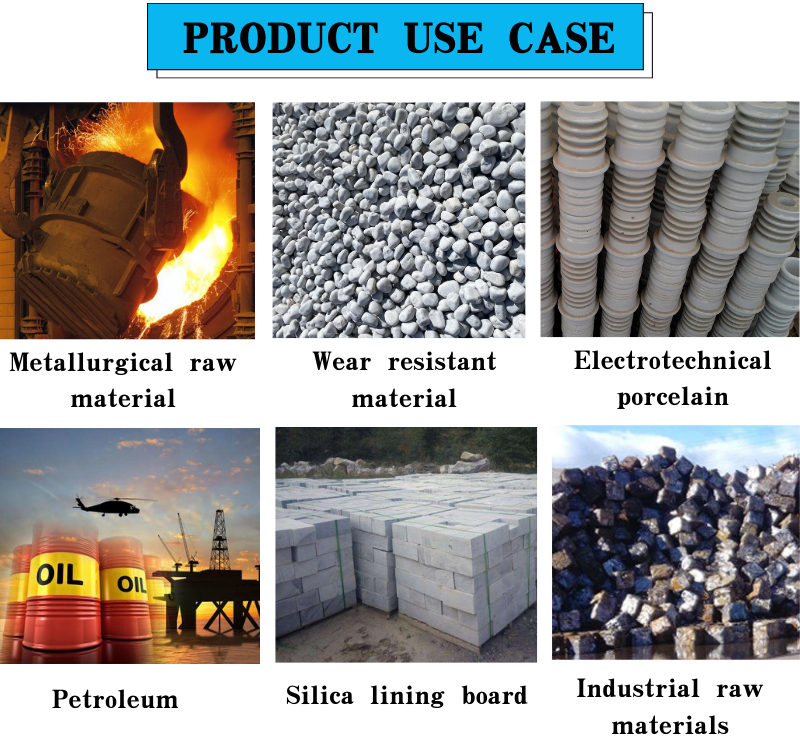
talc use
The Use of Talc Applications, Benefits, and Safety Considerations
Talc, a naturally occurring mineral composed of magnesium, silicon, and oxygen, has played an essential role in various industries for centuries. It is the softest mineral on Earth, often used in a powdered form, and can be found in products ranging from cosmetics to pharmaceuticals. In this article, we will explore the uses of talc, its benefits, and the safety considerations that accompany its utilization.
Industrial Applications of Talc
1. Cosmetics and Personal Care One of the most widely known uses of talc is in the cosmetic industry. Talc powder is often used in face powders, blushes, eye shadows, and baby powder due to its excellent moisture-absorbing characteristics and ability to provide a smooth application. It acts as a slip agent, helping products glide on the skin easily and providing a matte finish.
2. Pharmaceuticals In the pharmaceutical sector, talc is used as an excipient, which is an inactive substance that serves as the vehicle or medium for active ingredients in pills and tablets. Its properties help ensure uniformity in drug formulation, improving the stability and bulk of pharmaceutical products.
3. Plastics and Rubber Talc is also used in the manufacturing of plastics and rubber. It enhances the mechanical properties of materials, providing improved stiffness and impact resistance. In rubber compounds, talc acts as a filler that increases the durability and helps improve performance in various applications, including tires and seals.
4. Construction Materials In the construction industry, talc is utilized as a filler in paints, coatings, and other construction materials. It provides improved workability and texture while also acting as a functional additive that enhances the durability and performance of the final products.
5. Paper and Textile Industries Talc is employed in the paper industry to improve brightness, opacity, and smoothness of paper products. In textiles, it is used as a lubricant in the manufacturing process, aiding the flow of fibers and preventing clumping.
Benefits of Using Talc
talc use

One of the primary advantages of talc is its versatility. Its unique properties make it suitable for a wide variety of applications across multiple industries. Additionally, talc is non-reactive, anti-caking, and odorless, making it an ideal ingredient in products where purity and safety are paramount.
Furthermore, due to its natural origins, talc is often considered a more environmentally friendly option compared to synthetic alternatives. The widespread availability of talc, combined with its multifaceted uses, has solidified its position as a valuable resource in modern manufacturing.
Safety Considerations
Despite its numerous benefits, the use of talc has raised safety concerns, particularly in relation to the presence of asbestos, a harmful contaminant found in some talc deposits. Asbestos is a known carcinogen and can pose serious health risks, including lung cancer and mesothelioma, when inhaled. Consequently, there has been increased scrutiny and regulation surrounding talc mining and processing to ensure safety standards are met.
In response to these concerns, manufacturers have implemented rigorous testing and sourcing protocols to ensure that talc products are asbestos-free. Regulatory bodies such as the U.S. Food and Drug Administration (FDA) and the European Commission have established guidelines for talc use, emphasizing the need for safe sourcing and transparency in labeling.
Moreover, consumers are encouraged to research and choose products that clearly state their talc sourcing, opting for brands that demonstrate a commitment to safety and ethical practices. The growing trend towards clean beauty and safe consumer products has led many companies to explore alternative ingredients or talc-free formulations.
Conclusion
Talc continues to play a significant role in various industries due to its unique properties and versatility. While it offers numerous benefits, safety considerations must not be overlooked. As consumers become increasingly aware of product safety and ingredient sourcing, the industry will continue to evolve, ensuring that the use of talc remains both beneficial and responsible. Through increased transparency and adherence to safety standards, talc can be used effectively while minimizing risks, ensuring that it remains a vital component in many products we rely on daily.
Share
-
Premium Pigment Supplier Custom Solutions & Bulk OrdersNewsMay.30,2025
-
Top China Slag Fly Ash Manufacturer OEM Factory SolutionsNewsMay.30,2025
-
Natural Lava Rock & Pumice for Landscaping Durable Volcanic SolutionsNewsMay.30,2025
-
Custom Micro Silica Fume Powder Manufacturers High-Purity SolutionsNewsMay.29,2025
-
Custom Mica Powder Pigment Manufacturers Vibrant Colors & Bulk OrdersNewsMay.29,2025
-
Custom Micro Silica Fume Powder Manufacturers Premium QualityNewsMay.29,2025






